SLVAFW9 August 2024 LM51772
4.3.1 Dual Phase Operation at Variable Load
To verify the thermal stability of the EVM with parallel operation and load sharing, thermal images are taken of EVM for normal and extreme load conditions under different LM51772 converter topologies as shown in Figure 4-11 to Figure 4-18. The maximum operating temperature of LM51772 is 120 degrees Celsius.
The thermal analysis reveals that the maximum load current capability in boost mode is constrained to 8A, primarily due to the peak current limiter. Under extreme load conditions, the boost mode exhibits higher temperatures compared to the buck and buck-boost modes. This increased thermal stress under high load conditions underscores the need for adequate thermal management when operating in boost mode to verify reliable performance and prevent overheating.
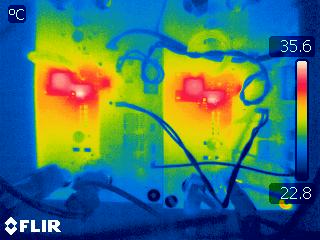 Figure 4-11 Thermal Condition in Boost Region
(VIN=12V and 2A Load)
Figure 4-11 Thermal Condition in Boost Region
(VIN=12V and 2A Load)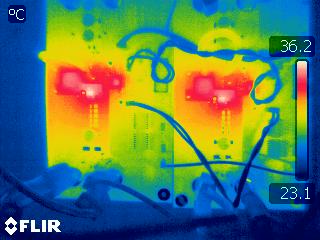 Figure 4-13 Thermal Condition in Boost Region
(VIN=15V and 2A Load)
Figure 4-13 Thermal Condition in Boost Region
(VIN=15V and 2A Load)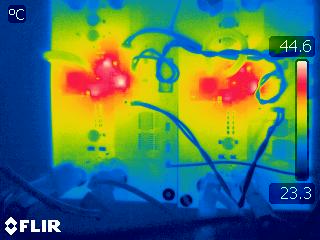 Figure 4-15 Thermal Condition in Buck-Boost Region
(VIN=20V and 2A Load)
Figure 4-15 Thermal Condition in Buck-Boost Region
(VIN=20V and 2A Load)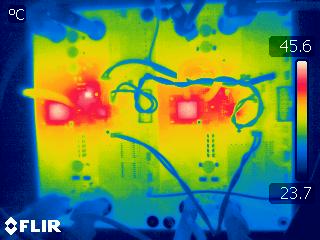 Figure 4-17 Thermal Condition in Buck Region
(VIN=30V and 2A Load)
Figure 4-17 Thermal Condition in Buck Region
(VIN=30V and 2A Load)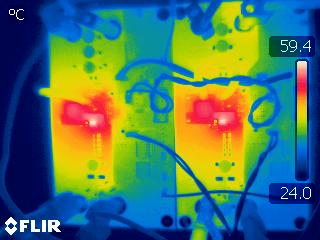 Figure 4-12 Thermal Condition in Boost Region
(VIN=12V and 8A Load)
Figure 4-12 Thermal Condition in Boost Region
(VIN=12V and 8A Load)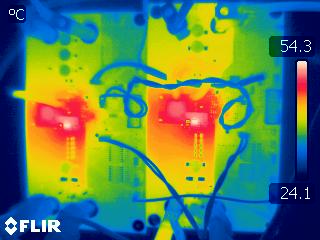 Figure 4-14 Thermal Condition in Boost
Region (VIN=15V and 8A Load)
Figure 4-14 Thermal Condition in Boost
Region (VIN=15V and 8A Load)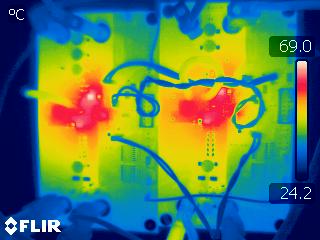 Figure 4-16 Thermal Condition in Buck-Boost Region
(VIN=20V and 8A Load)
Figure 4-16 Thermal Condition in Buck-Boost Region
(VIN=20V and 8A Load)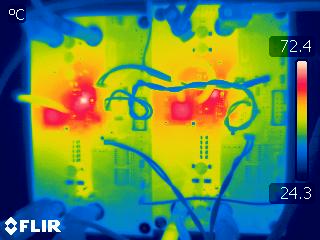 Figure 4-18 Thermal Condition in Buck Region
(VIN=30V and 8A Load)
Figure 4-18 Thermal Condition in Buck Region
(VIN=30V and 8A Load)